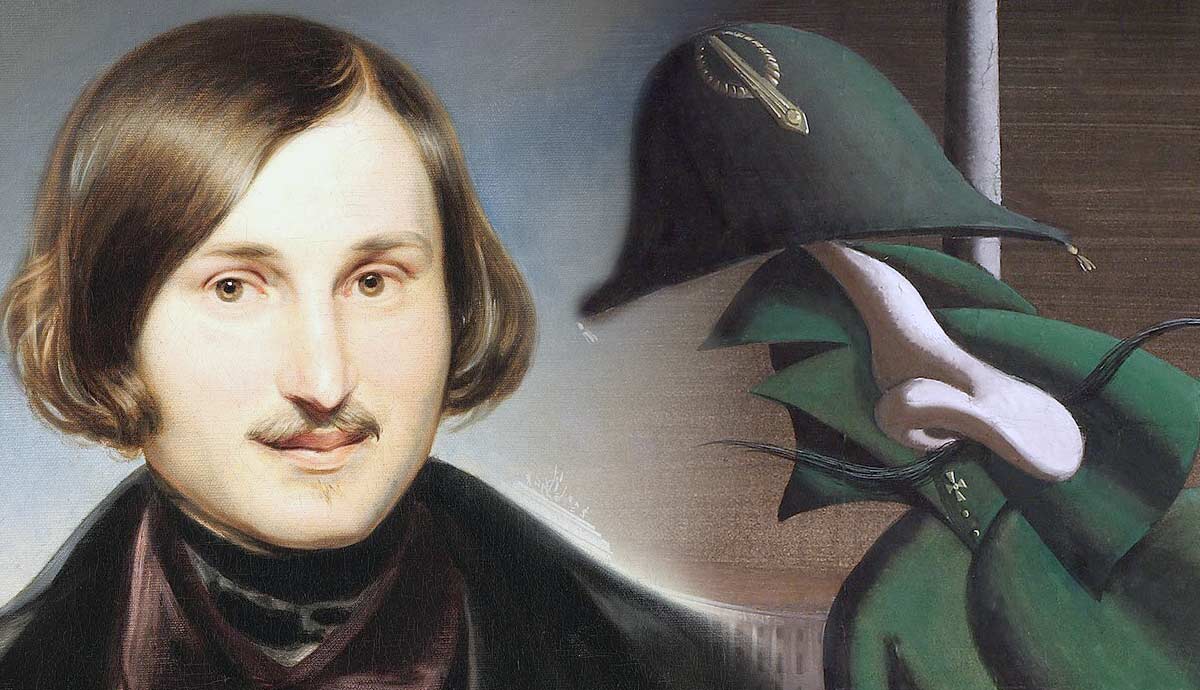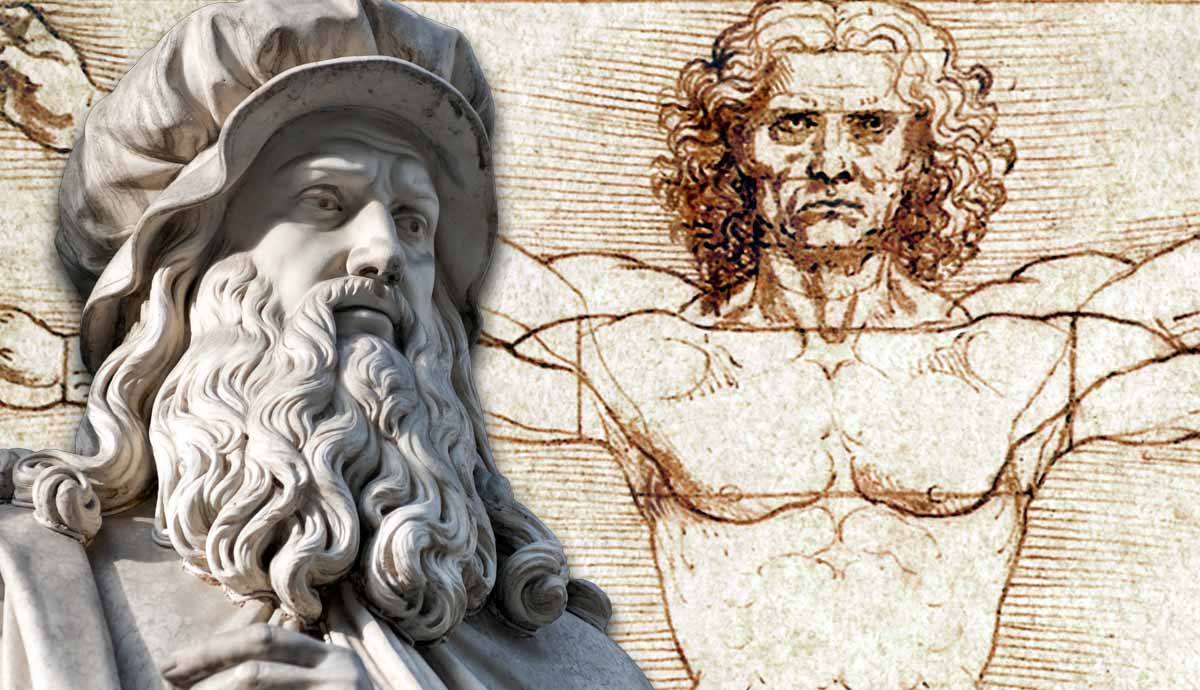
The Rijksmuseum is the national museum of the Netherlands and is dedicated to Dutch art and history. Located in Amsterdam, it was founded in the Hague in November 1798 and later moved to Amsterdam in 1808. The museum houses over 1 million objects from 1200 to 2000 CE. This vast collection includes works of art by Rembrandt, Frans Hals, Van Gogh, and Johannes Vermeer. Here are seven highlights from its collection.
1. Vincent Van Gogh’s Self-Portrait

Within the illustrious halls of the Rijksmuseum, one can find a compelling self-portrait by the renowned artist Vincent van Gogh. This captivating piece is part of a larger collection of self-portraits that Van Gogh produced throughout his tumultuous life, reflecting his evolving identity and artistic expression. This particular painting, created during his time in France, is a striking testament to his unique style and emotional depth.
The composition is set against a visually arresting backdrop of swirling blue tones that evoke Van Gogh’s turbulent inner world. The vibrant blues contrast with the warmth of his expression, drawing the viewer’s eye to the figure at the center of the canvas. Vincent gazes outward; his focused gaze is directed slightly to the side as if he is lost in thought or contemplating an idea just beyond the frame of the painting.
His facial expression conveys a mix of introspection and intensity; his brows are furrowed, lending him a somewhat stern, contemplative demeanor, almost suggesting the presence of an unspoken question that lingers in the air. His striking green eyes, deeply set and expressive, captivate those who view the work. The sunken contours of his face, accentuated by a pronounced cheekbone structure, highlight his signature red, scraggly beard, which starkly contrasts with his skin’s pale hue.
Van Gogh’s choice of attire is equally noteworthy. He is depicted in a smart jacket adorned with a rich palette of greens, reds, and browns, complemented by blue-black trim. Underneath, he wears a crisp white shirt or a patterned handkerchief, adding depth and texture to the overall presentation. The careful detailing in his clothing reflects the artist’s desire to present himself with a certain dignity despite his struggles.
2. Fra Angelico’s Madonna of Humility

Fra Angelico, a revered Dominican monk and painter, lived during the 15th century and became one of the most celebrated artists of the Renaissance Era. His body of work is renowned for its deep spiritual significance and adherence to Christian themes, beautifully exemplified in his masterpiece, the Madonna of Humility. Created in 1440, this piece depicts the Virgin Mary holding a delicate flower in her right hand, symbolizing purity and grace, while her left cradles the baby Jesus, who is nestled comfortably on her lap. This pose emphasizes motherhood’s nurturing aspect and signifies their profound connection.
The background of the artwork is a luminous gold leaf that shimmers with an almost otherworldly quality, enhancing the piece’s ethereal atmosphere. Elaborate decorative designs intertwine with the gilding, creating a halo effect that further elevates the scene’s sacredness and draws the viewer’s eye toward the figures of Mary and Jesus.
Mary’s attire is strikingly symbolic; she is draped in a splendid cloak of lapis lazuli, a blue stone valued for its vibrant color, signifying her divine importance and royal status as the Mother of Christ. Beneath the cloak, she wears a light pink dress, representing her humanity and compassion. The cloak’s intricate gold trim highlights her exalted role, reminding viewers she is the mother of the King of Kings.

Her expression is one of deep adoration as she gazes lovingly at her son, embodying a sense of maternal protection and devotion. Mary wraps a gentle arm around Jesus’s legs, providing a shielded space where he can find solace. The infant Christ is depicted with a soft and innocent presence; he wears a delicate cloth that modestly covers his waist, exuding a sense of vulnerability. Above his curly blonde hair rests a radiant halo, symbolizing his divinity. This halo seamlessly merges with the golden aura surrounding Mary’s head, representing their inseparable bond as mother and child.
3. George Hendrik Breitner’s Girl in a White Kimono

In this painting from 1894, Breitner presents the viewer with a domestic setting and poses his model lounging on a chair in a kimono. The model is a young woman with doll-like eyes that are far away in thought. The kimono is strikingly white, embellished with delicate cherry blossoms that cascade across the long sleeves and the hem, symbolizing the beauty of nature and the fleeting nature of life.
The young woman’s face is notable for its doll-like quality—her large, expressive eyes gaze into the distance, conveying a sense of introspection and wistfulness. Her pose, however, is somewhat awkward: she sits with her body twisted in a way that suggests discomfort. One leg is pushed to the side while her arms stretch above her head, creating an interesting tension within the composition.
Breitner’s choice of a warm color palette enhances the overall mood of the painting, with soft, diffused lighting illuminating the figure and her surroundings. This warmth not only complements the white of the kimono but also highlights the young woman as the focal point of the composition. The interplay of light and shadow further enriches the scene, drawing the viewer’s attention to the intricate details of the fabric and the serene expression of the model, making the entire work a compelling exploration of beauty and contemplation in a domestic setting.
4. Rembrandt’s The Night Watch

Rembrandt’s The Night Watch is one of his most famous works and the centerpiece of the Rijksmuseum. It is a massive painting measuring 12 feet high and 14 feet wide. The painting depicts a group of Amsterdam civic guards led by Captain Frans Bannick Cocq and his lieutenant, Willem van Ruytenburch. The guards are poised for action, preparing for a march.
Unusual for the time, The Night Watch is alive with motion with its figures arranged in diagonal and adlocutio (orator’s) poses, indicating movement and leadership. Unlike tranquil scenes of domestic interiors or quiet, pensive figures from other popular Dutch artists, Rembrandt brings us not only an active setting but a dynamic one where the viewer can see the figures in mid-movement.

The Night Watch is reminiscent of the early Baroque artist Caravaggio in the character’s dynamic movements, the use of tenebrism, and theatricality. These guards are not posing for a painting: they are in the moment, mid-movement, and have been captured as if Rembrandt captured them in a photo. The dramatic contrast of light and dark—tenebrism—accentuates the drama of what is happening, the apprehension that the guards must be feeling, and the danger that must lurk near; all is heightened by how the artist utilizes dark and light within. As large as a painting as this is, it brings with it an element of the theater. It encapsulates the audience and brings them into what is happening. The central figures are highlighted in a way that the main characters would be on stage under a spotlight.
Interestingly, The Night Watch was initially met with controversy due to Rembrandt’s unconventional approach. Many were unhappy that all the figures in the painting were equally highlighted and individually portrayed. However, this work became one of Rembrandt’s most celebrated works and remains the centerpiece of the Rijksmuseum.
5. Jan Steen’s The Merry Family

The art of the Dutch Golden Age was littered with didactic messages and symbolism. Jan Steen’s The Merry Family is a prime example of a painting that not only demonstrates the artist’s talent but also teaches values, virtues, and social standards.
The scene depicts a lively family gathering at a table, with children and adults playing instruments, eating, and drinking. A young boy smokes a pipe, a girl pours wine for a younger child, and another child plays the drums. The chaos is highlighted by a cluttered floor and a dog searching for food scraps.
While the characters in this painting present a lively environment, Steen’s colors seem to offset the chaos and instead add a warm and inviting feel to the scene, almost as if the viewer is not an intruder but a welcomed guest. The warm tones of green, red, yellow, and brown represent earthy tones, suggesting this is a family of middling socioeconomic background.
Steen’s light illuminates the key figures, such as the central woman and the seated man raising his glass and looking at the viewer. Steen utilizes chiaroscuro to create the contrast between light and shadow, especially on the right-hand side of the painting, where a young couple looks clandestinely at the viewer as if hiding their activities.
As with most other Dutch Golden Age works, this painting has a symbolic message to its viewers. This message is seen on the frame of a painting, “As old sing, so pipe the young.” As pointed out, the children in the painting are mimicking the behaviors of the adults. The message is teaching the audience that adults who set bad examples on how to live their lives will set poor examples for their children, who often mimic what they see.
6. Jan Asselijn’s The Threatened Swan

Asselijn’s The Threatened Swan was one of the first works acquired by the National Kunstgalerij, which was the precursor to the Rijksmuseum. Due to the painting’s later underlying symbolism of Dutch resistance, it remains one of the most recognizable paintings of the Dutch Golden Age.
An agitated swan stands defensively to protect its eggs from a dog emerging from the riverbed. With flared wings and spaced feet, the swan appears ready to fight. Its elongated neck and the diagonal lines convey energy, while the dog serves as a counterpoint. The swan’s wings guide the viewer’s eye across the canvas, providing balance to the composition.
The artist utilizes earthy tones for both the environment and the dog but saves the brightest of tones for the swan, ensuring that it remains the focal point of the painting. The dark blues of the sky, appearing to get darker as the viewer’s eyes move up, are indicative of a storm encroaching on the swan’s otherwise peaceful habitat. The water’s murky, muddy, and dark hues may add to the dynamic of trouble approaching. One can see how this painting was later utilized as a symbol of Dutch resistance.
The swan’s posture conveys aggression and defiance but also themes of courage, vigilance, and self-sacrifice. Viewers empathize with the swan which is depicted as protecting its territory and family. Due to these themes and symbols, later, the swan was seen as representing Johan de Witt, or Dutch Patriotism in general. The swan was defending the Dutch Republic against foreign threats, portrayed as the snarling dog in the river.
7. Vermeer’s The Milkmaid

Vermeer’s The Milkmaid is an incredible masterpiece that combines all the elements of a quintessential Dutch Golden Age work of art. Vermeer’s use of light, didactic messages, and texture ensures this work has pride of place in the Rijksmuseum. Completed between 1658 and 1660, this painting depicts a domestic genre scene of a milkmaid diligently at work.
The young maidservant stands in a simple, middle-class kitchen and pours milk from a jug into a bowl. Her figure is steady, demonstrating her concentration on the task at hand. She appears to be lost in thought as she pours the milk into the bowl, perhaps thinking of other, more personal matters. Her expression conveys a sense of calm and focus.
The calmness of this scene is expressed through Vermeer’s use of texture: the folds of the maid’s dress, the rustic crust of the bread, and the sparkle of the brass jug. Calmness and tranquility are also expressed through the painting’s color tones: the rich blue of the maid’s apron, the yellow of her bodice, and the brown-red richness of the jug, window pane, and basket. Light radiating from the window creates a lifelike realism that would resonate with the viewer.
Vermeer’s work embodies the Golden Age of Dutch art’s focus on genre scenes that show everyday life riddled with subtle messages and beauty. The simple task that the maid performs reflects the Dutch appreciation for domestic virtue, hard work, and the charm of everyday life.











